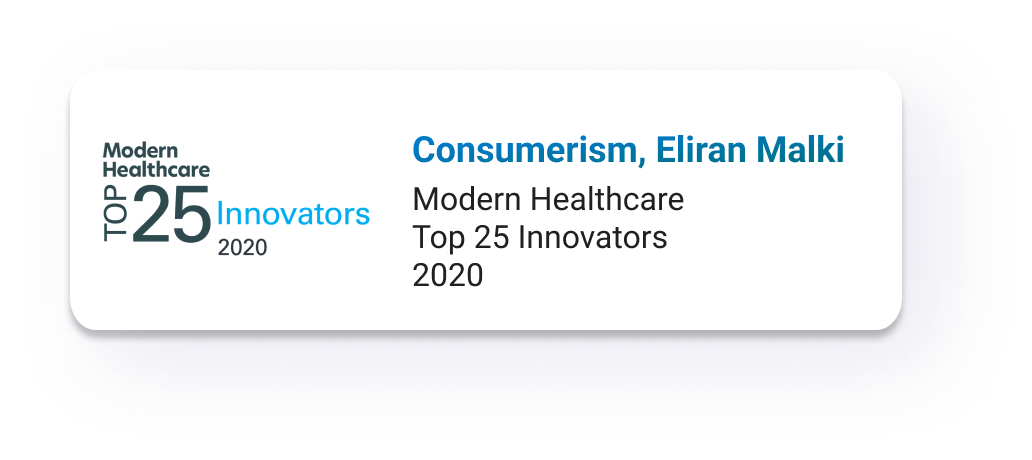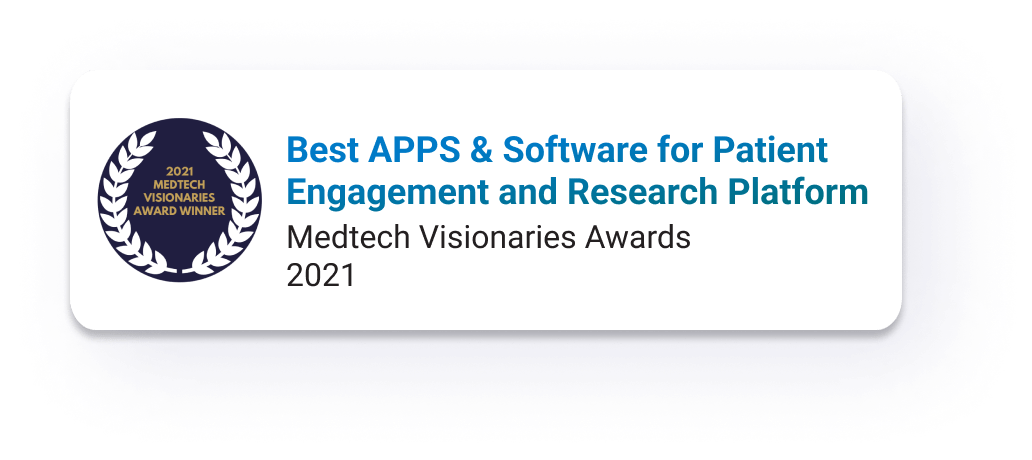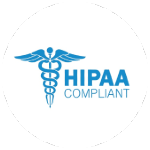Are you diagnosed with multiple sclerosis? Is it treated with drugs? Do you look for ways to improve your feeling and quality of life? You’re not alone.
People who live with multiple sclerosis are well-known and recognized consumers of Complementary and alternative medicine (CAM). Acupuncture, yoga, relaxation, dietary supplements, or massages will not cure multiple sclerosis. Still, there is evidence that when combined with conventional therapies – some may help alleviate the symptoms, provide control, and improve quality of life. There are several main treatment groups:
- Alternative medical systems – such as traditional Chinese medicine (which includes acupuncture, herbs, and more)
- Ayurvedic medicine (which includes meditation, massages, and nutrition) and homeopathy.
- Mind-body medicine- which focuses on the mind-body interaction. It includes relaxation techniques, biofeedback, yoga, tai chi, prayers, and spiritual practice.
This category may also include behavioral therapies such as Cognitive Behavioral Therapy (CBT). - Touch treatments such as chiropractic, osteopathy, massages, reflexology and more.
- Nutritional Treatments- a specific eating plan, nutritional supplements like Omega 3, vitamins, minerals and antioxidants.
- Energetic treatments – magnet therapy or sound energy, healing, reiki, bioenergy, etc.
Conventional medical procedures are thoroughly examined and regulated by the authorities. On the other hand, most CAM therapies have undergone very little, if any – scientific research to evaluate their safety and effectiveness. Some treatments may be beneficial and entirely safe for a person with multiple sclerosis. In contrast, others may pose a hazard by interacting with other drugs, side effects, or over-stimulating the immune system. Also, there is the financial factor. The treatments can cost a lot of money, and not always the cost is covered by health insurance funds and/or supplementary and private insurance. Before starting a treatment, it is advisable to consult, inquire, and ask questions about the nature of the procedure, its effectiveness, the risks, side effects, and costs. When you have all the information you need, consult your medical team about the options and decide together whether the expected benefit outweighs the risks.
This content is provided for your general education and information only. It does not necessarily reflect Belong’s views and opinions. Belong does not endorse or support any specific product, service, or treatment.







